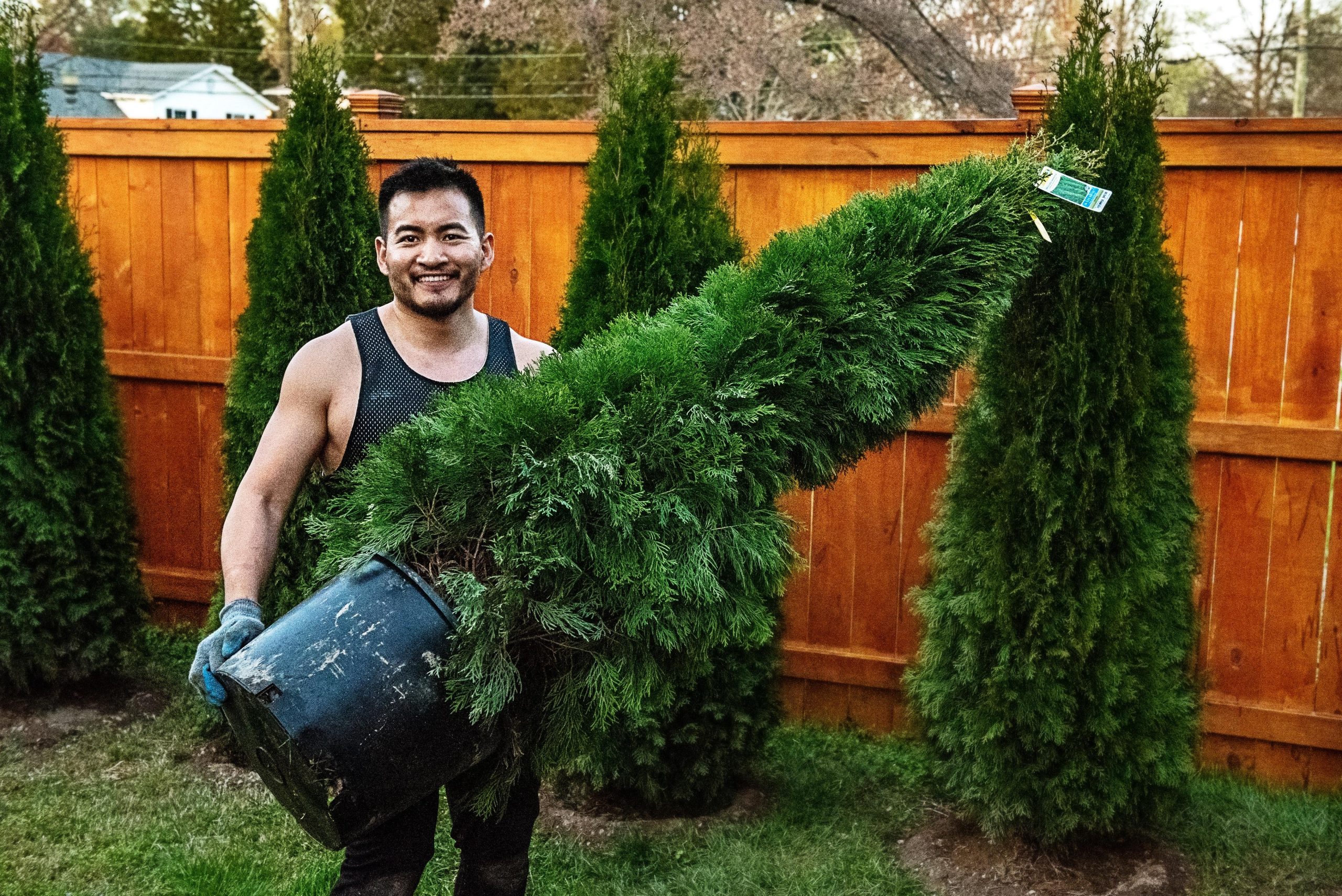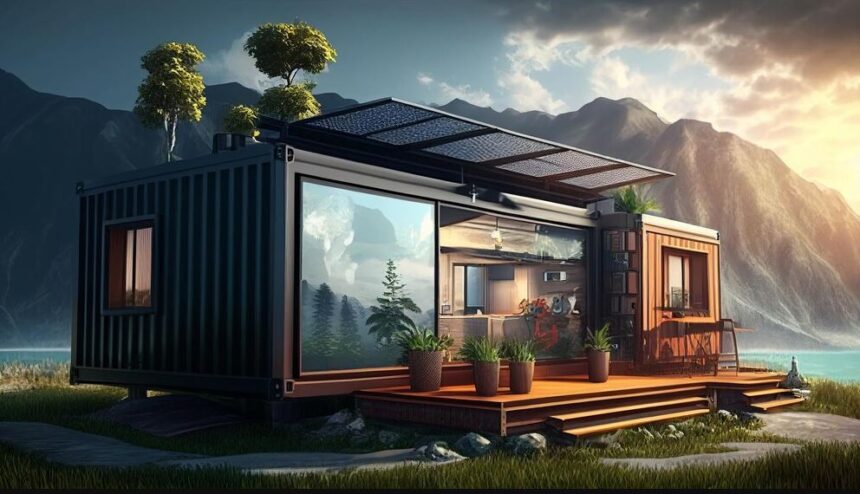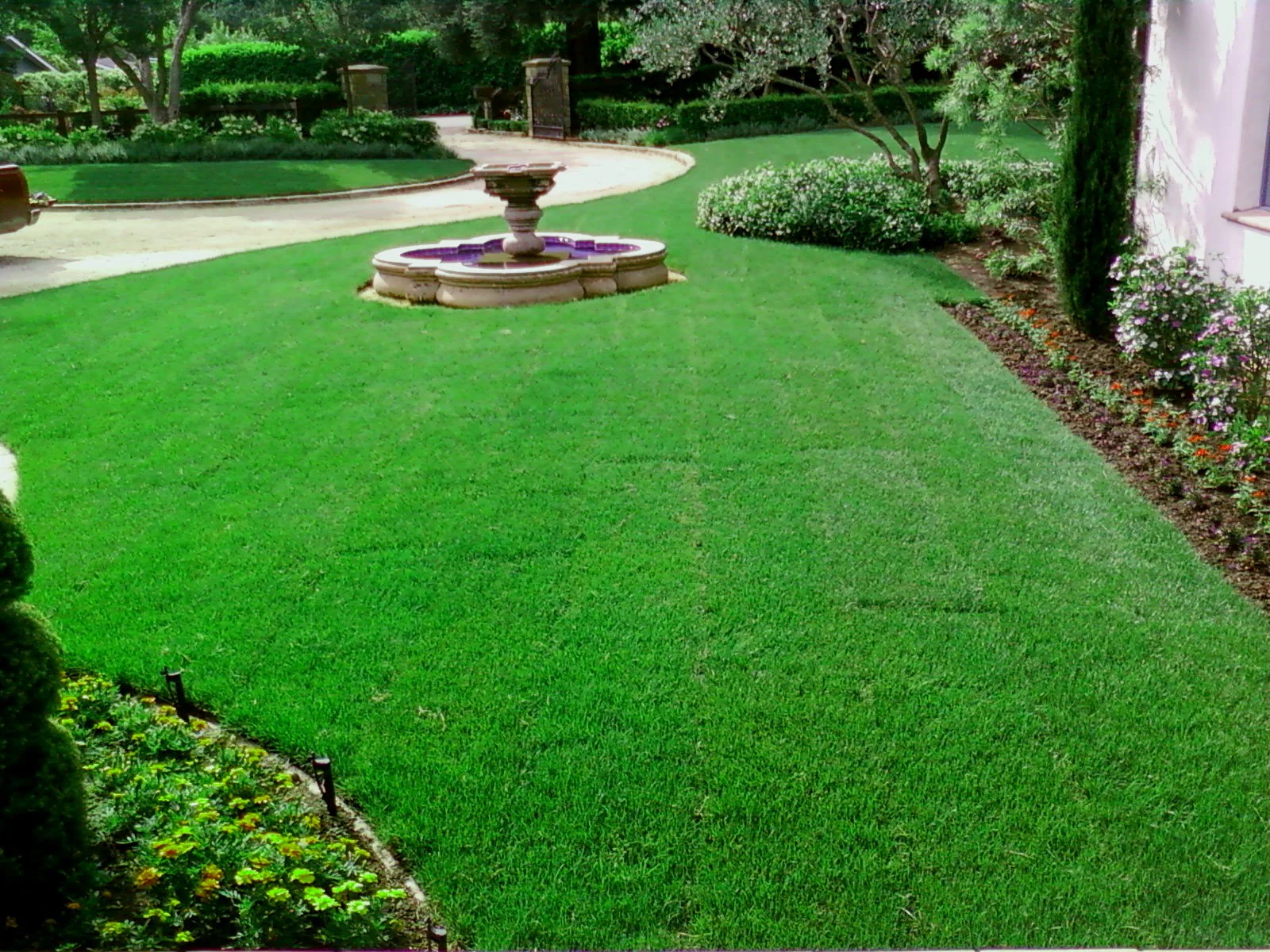What Is Emerald Green Arborvitae?
Emerald Green Arborvitae (Thuja occidentalis ‘Smaragd’) is a dense, conical-shaped evergreen that stays vibrant year-round. As its name suggests, its foliage boasts a lush, emerald green color that remains vivid even during the harsh winter months. It’s perfect for anyone who loves a low-maintenance but striking garden.
This species belongs to the cypress family and is native to North America, but has found its way into gardens across the world thanks to its versatility and durability.
Key Characteristics of Emerald Green Arborvitae
Here’s why gardeners and landscapers love Emerald Green Arborvitae:
- Size: Typically reaches 10-15 feet tall and about 3-4 feet wide.
- Shape: Naturally conical, giving your garden a neat, well-maintained look without much pruning.
- Growth Rate: Medium (about 6-9 inches per year), making it a good option for those who want relatively fast results without needing constant upkeep.
- Climate: Hardy in USDA Zones 3 to 8, meaning it can withstand cold winters and humid summers.
- Longevity: With proper care, these evergreens can live for decades.
Why Choose Emerald Green Arborvitae?
So, why choose this particular arborvitae over others? It’s all about balance. Emerald Green Arborvitae offers the perfect middle ground between aesthetics and practicality.
- Privacy & Windbreak: Need a natural fence? These plants grow dense enough to shield you from nosy neighbors and cold winds.
- Low Maintenance: If you’re not a fan of frequent pruning, you’ll appreciate its naturally tidy shape.
- Evergreen Beauty: The rich color remains year-round, ensuring your garden looks lively even in the dead of winter.
- Compact Size: While some arborvitaes can grow 30 feet or more, Emerald Green stays manageable, making it ideal for smaller spaces or suburban gardens.
How to Plant Emerald Green Arborvitae
1. Pick the Perfect Spot
Emerald Green Arborvitae thrives in full sun but can tolerate partial shade. Ensure the location gets at least 6 hours of sunlight daily. Well-drained soil is key, though the plant can handle a variety of soil types.
2. Spacing
When planting a hedge or privacy screen, space the arborvitae about 3 feet apart. If you want the hedge to form quicker, you can reduce this spacing slightly, but avoid crowding the plants.
3. Dig the Hole
Dig a hole twice as wide as the root ball and about the same depth as the container the plant came in. This gives the roots plenty of room to establish themselves.
4. Planting
Place the root ball into the hole, ensuring that the top of the root ball is level with the soil line. Backfill with the excavated soil and water thoroughly.
5. Mulch
Mulch around the base to retain moisture and suppress weeds. Keep the mulch a couple of inches away from the trunk to prevent rot.
Caring for Emerald Green Arborvitae
Watering
During the first year, water your Emerald Green Arborvitae regularly—about once a week, or more often in extreme heat. After it’s established, it becomes more drought-tolerant, though regular watering during dry periods will keep it looking its best.
Fertilizing
In the spring, you can give your arborvitae a boost with a balanced, slow-release fertilizer. This helps maintain its lush green color and encourages healthy growth.
Pruning
Though not necessary, light pruning can help maintain its shape or reduce height if desired. Remove any dead or damaged branches as needed. Prune in late spring or early summer to avoid stressing the plant.
Pests and Diseases
Emerald Green Arborvitae is generally pest-resistant, but you may encounter bagworms or spider mites. Keep an eye out for any webbing or browning of the foliage and treat it with insecticidal soap if needed.
As for diseases, root rot can be an issue if the plant is overwatered or planted in poorly-drained soil. Make sure your planting area provides adequate drainage, and avoid overwatering.
Common Uses for Emerald Green Arborvitae
Emerald Green Arborvitae is a plant that suits a variety of landscape designs. Here are some common ways it’s used:
- Privacy Screens: Line your property with a row of these to create a natural privacy screen that blocks views without the need for a fence.
- Windbreaks: Their dense foliage makes them excellent windbreaks, especially in areas prone to strong winds.
- Accents in Garden Beds: Their tall, narrow shape provides a nice vertical element in flower beds or along garden paths.
- Framing Walkways or Entrances: Use a pair of arborvitaes to frame your front walkway or entrance for a grand, formal look.
Pros and Cons of Emerald Green Arborvitae
Pros
- Low maintenance
- Stays green year-round
- Compact size
- Excellent for privacy and windbreaks
- Pest and disease resistant
Cons
- Slow to medium growth rate
- Needs full sun for best results
- Prone to deer browsing in some areas
Conclusion: Is Emerald Green Arborvitae Right for You?
If you’re looking for an evergreen that offers beauty, privacy, and easy maintenance, the Emerald Green Arborvitae might be your perfect match. It fits well in most landscapes, requires little attention once established, and brings year-round color to your garden. Whether you’re looking to create a lush, green privacy screen or add vertical interest to your landscape design, this plant won’t disappoint.
FAQs
1. How fast does Emerald Green Arborvitae grow?
It has a medium growth rate, adding about 6-9 inches per year.
2. Can Emerald Green Arborvitae be planted in pots?
Yes, but they need large pots with proper drainage, as they can grow up to 15 feet tall.
3. How often should I water my Emerald Green Arborvitae?
Water once a week during the first year, and more frequently during hot, dry spells.
4. Do Emerald Green Arborvitaes attract pests?
They are generally pest-resistant, but may occasionally face issues like bagworms or spider mites.
5. When is the best time to plant Emerald Green Arborvitae?
The best time to plant is in spring or fall when the weather is cooler, allowing the plant to establish roots before summer heat or winter cold.










